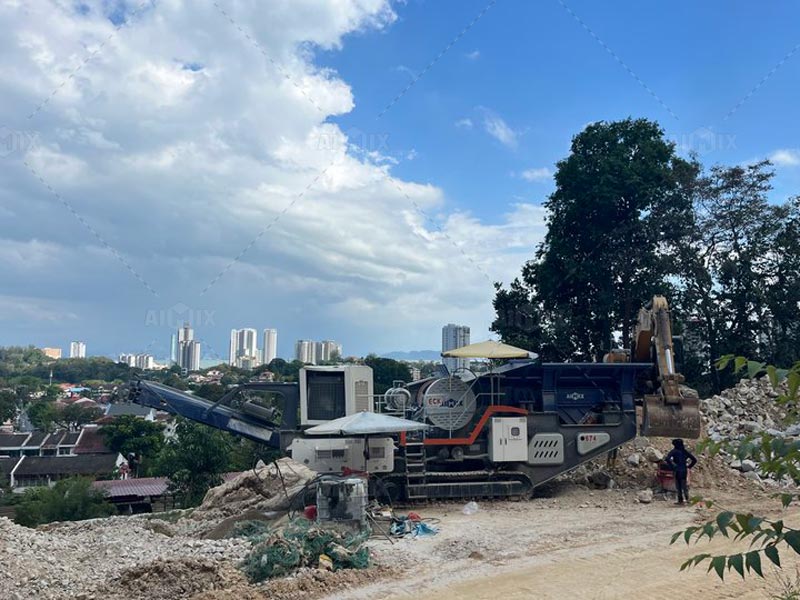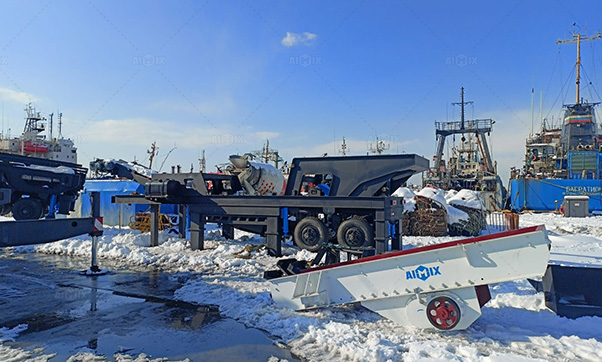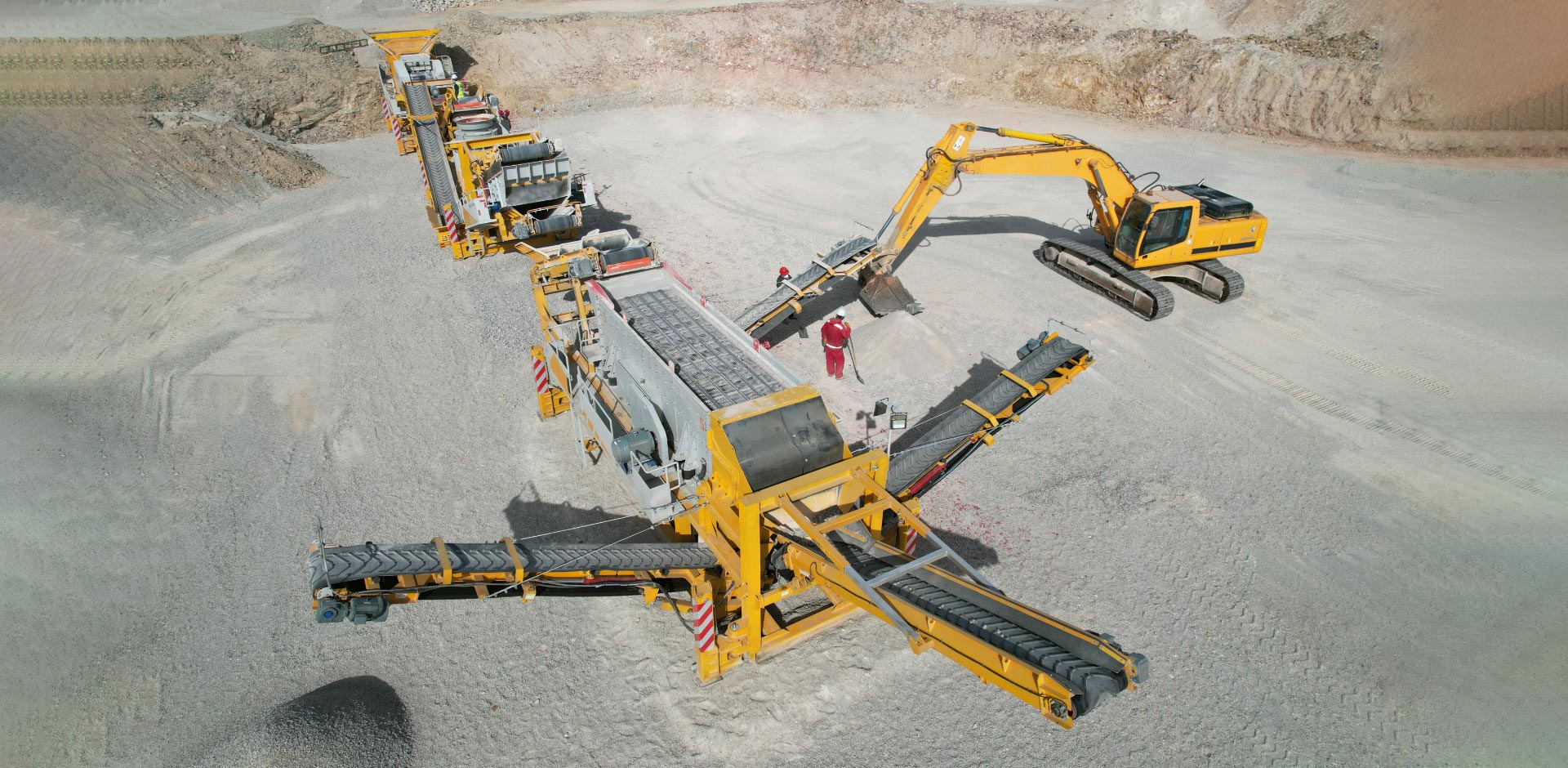Humidity levels can significantly influence the effectiveness of crusher equipment in processing quartz raw materials. Let’s delve into this crucial aspect. High humidity levels in quartz raw materials can pose challenges for crusher equipment selection, impacting operational efficiency and overall productivity.
Understanding the Influence of Humidity on Quartz Raw Materials
Moisture Absorption
Quartz raw materials have the propensity to absorb moisture from the surrounding environment, particularly in humid conditions. This moisture content can vary depending on factors such as climate, storage conditions, and handling processes.
Effects on Material Properties
Increased moisture content in quartz raw materials can alter their physical and chemical properties, affecting characteristics such as particle size distribution, abrasiveness, and cohesion. These changes can impact the performance of machine for crushing stone during the processing stage.

Challenges Faced in Crusher Equipment Selection
Impact on Crushing Efficiency
High levels of humidity in quartz raw materials can lead to material sticking to crusher surfaces, causing clogging and reducing throughput. This can result in decreased crushing efficiency and increased downtime, negatively impacting overall production.
Corrosion and Wear
Exposure to moisture-laden quartz raw materials can accelerate corrosion and wear on crusher components, including crushing chambers, liners, and blades. The abrasive nature of wet materials can cause accelerated degradation of equipment, leading to premature failure and higher maintenance costs.
Strategies for Mitigating the Impact of Humidity on Crusher Equipment Selection
Material Pre-Treatment
Implementing pre-treatment measures such as drying or dehumidification of quartz raw materials before processing can help reduce moisture content and minimize the impact of humidity on quartz rock crusher equipment. Proper material handling and storage practices can also prevent moisture absorption during transportation and storage.
Equipment Design and Maintenance
Selecting crusher equipment with robust designs and corrosion-resistant materials can enhance durability and longevity in humid operating environments. Regular maintenance and inspection routines, including cleaning, lubrication, and component replacement, are essential for preventing corrosion and addressing wear issues proactively.

Optimized Operational Parameters
Adjusting operational parameters such as crusher speed, feed rate, and discharge settings based on the moisture content of quartz raw materials can optimize performance and mitigate the effects of humidity. Continuous monitoring of equipment performance and material characteristics allows operators to make real-time adjustments to maximize efficiency.
The Impact of Humidity on Quartz Raw Materials and Crusher Equipment Selection
High humidity levels in quartz raw materials can pose challenges for crusher equipment selection, impacting operational efficiency and overall productivity.
Understanding the Influence of Humidity on Quartz Raw Materials
Quartz raw materials have the propensity to absorb moisture from the surrounding environment, particularly in humid conditions. This moisture content can vary depending on factors such as climate, storage conditions, and handling processes.
Increased moisture content in quartz raw materials can alter their physical and chemical properties, affecting characteristics such as particle size distribution, abrasiveness, and cohesion. These changes can impact the performance of rock crushers during the processing stage.
Challenges Faced in Crusher Equipment Selection
High levels of humidity in quartz raw materials can lead to material sticking to crusher surfaces, causing clogging and reducing throughput. This can result in decreased crushing efficiency and increased downtime, negatively impacting overall production.
Exposure to moisture-laden quartz raw materials can accelerate corrosion and wear on crusher components, including crushing chambers, liners, and blades. The abrasive nature of wet materials can cause accelerated degradation of equipment, leading to premature failure and higher maintenance costs.
Strategies for Mitigating the Impact of Humidity on Crusher Equipment Selection
Implementing pre-treatment measures such as drying or dehumidification of quartz raw materials before processing can help reduce moisture content and minimize the impact of humidity on crusher equipment. Proper material handling and storage practices can also prevent moisture absorption during transportation and storage.
Selecting crusher equipment with robust designs and corrosion-resistant materials can enhance durability and longevity in humid operating environments. Regular maintenance and inspection routines, including cleaning, lubrication, and component replacement, are essential for preventing corrosion and addressing wear issues proactively. Check more info about crushing equipment here: https://aimixglobal.com/mobile-crusher-plant/.
Adjusting operational parameters such as crusher speed, feed rate, and discharge settings based on the moisture content of quartz raw materials can optimize performance and mitigate the effects of humidity. Continuous monitoring of equipment performance and material characteristics allows operators to make real-time adjustments to maximize efficiency.
